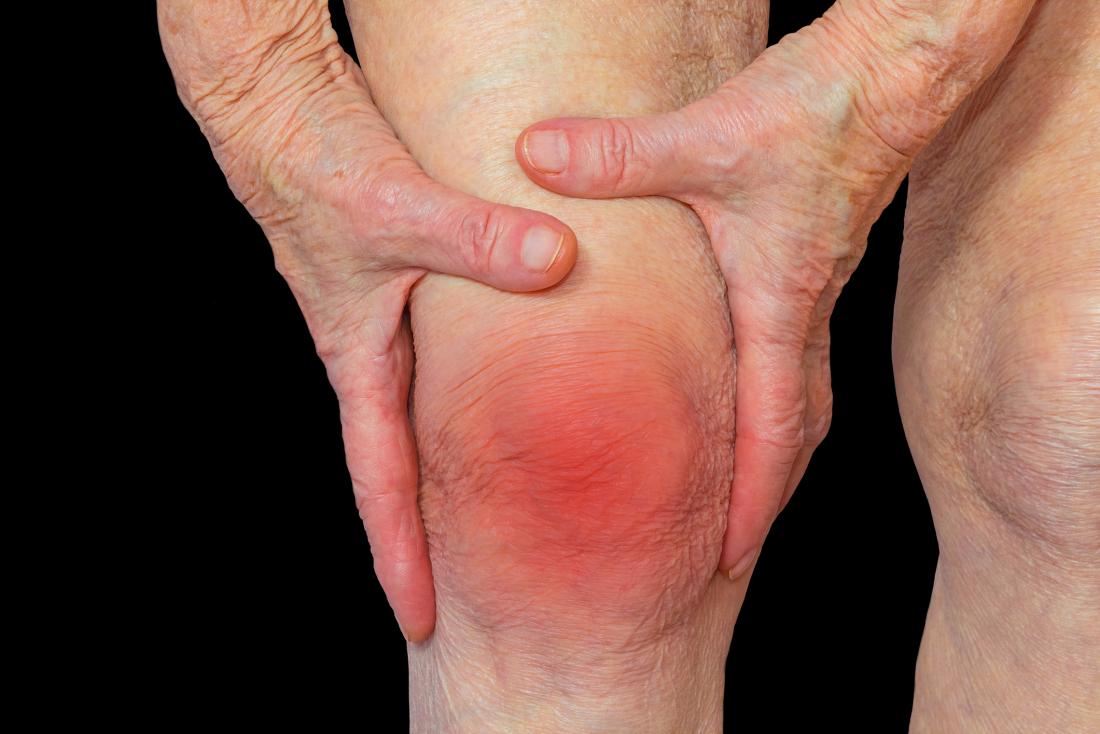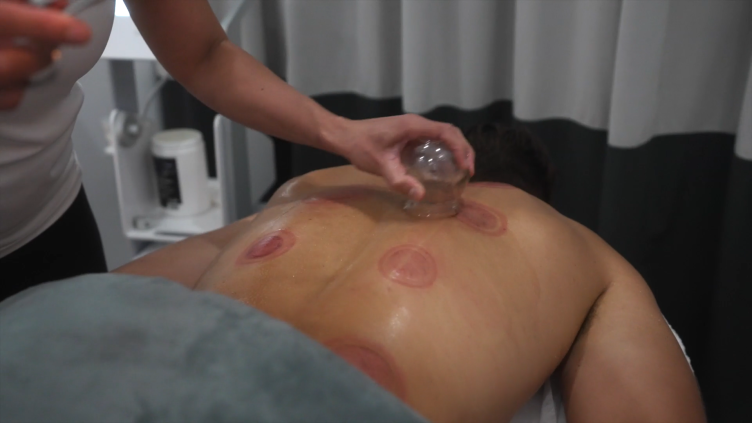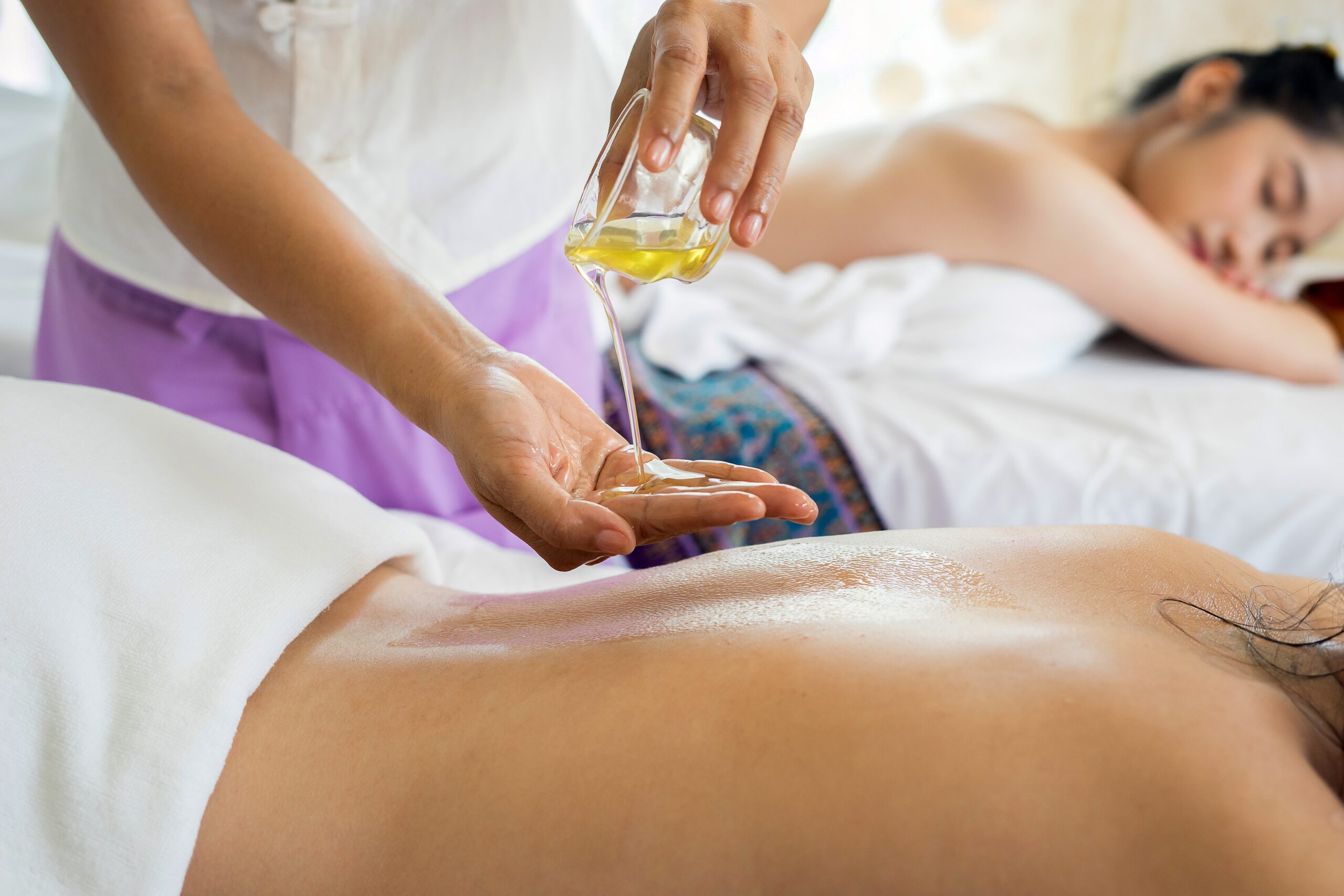Role of Cryotherapy in Preventive Medicine
Cryotherapy has shown a wide range of benefits in managing and treating different health conditions, particularly in reducing inflammation and pain for a long period of time. The results of various scientific studies have revealed the potential benefits of cryotherapy in preventive medicine, such as in migraine attacks, asthma exacerbation, early onset of Alzheimer’s disease (AD), the occurrence of hair loss or alopecia among cancer patients undergoing chemotherapy, Rheumatoid Arthritis, Fibromyalgia, and Ankylosis Spondylitis.
Let’s have an in-depth explanation for each of these applications:
Rheumatoid Arthritis(RA)
The application of low temperatures is useful in patients having Rheumatoid Arthritis(RA). Rheumatoid Arthritis is an autoimmune disorder that primarily affects the joints. Its symptoms include swollen and painful joints. Bouzigon carried out three studies of the use of whole-body cryotherapy on RA patients, where all the studies found that cryotherapy has a positive effect in measures of inflammation, pain, fatigue, and morning stiffness. One of the earlier studies reviewed was a randomized, controlled, single-blinded study conducted in Finland by Hirvonen and colleagues, which examined the effectiveness of different methods of cryotherapy on pain and inflammation among 60 RA patients. Patients received either WBC at -110°C, WBC at -60°C, application of local cold air at -30°C, or the use of cold packs locally. The patients had 2-3 cryotherapy sessions daily for one week plus conventional physiotherapy.In another study carried by Disease Activity Scores, the pain seemed to decrease more in patients who received WBC at -110°C than during other cryotherapies, but there were no significant differences in disease activity between the groups. The authors concluded that WBC at -110°C was not superior to local cryotherapy commonly used in RA patients for pain relief and as an adjunct to physiotherapy. Another study carried by Bouzigon was carried in Poland by Gizinska which examined the effect of WBC and traditional rehabilitation on clinical parameters and systemic levels of IL-6, TNF-α in patients with RA. The study was small, with only 25 patients exposed to WBC (−110∘C) and 19 patients undergoing the traditional rehabilitation program.
Conclusion: After these three studies it was found that there was an improvement in pain, disease activity, fatigue, time of walking, and a number of steps over a distance of 50m.Thus they concluded that Cryotherapy should be included in the Rheumatoid Arthritis therapeutic strategy as an adjunct therapy with corticosteroid and non-steroidal anti-inflammatory drugs.
Migraine

Cryotherapy is beneficial in people having Migraine. Migraine is caused by vasodilation in the cranial blood vessels. The research was done on how cryotherapy can help with a migraine which described a randomized controlled trial in which migraine sufferers were treated with neck cooling wraps at the onset of migraine pain. Ice or cooling causes vasoconstriction-so the vasodilation causing the migraine pain is counteracted.
This research is evidence of the potential effect of targeted cooling on preventing the onset of migraine and in reducing migraine pain.
Asthma
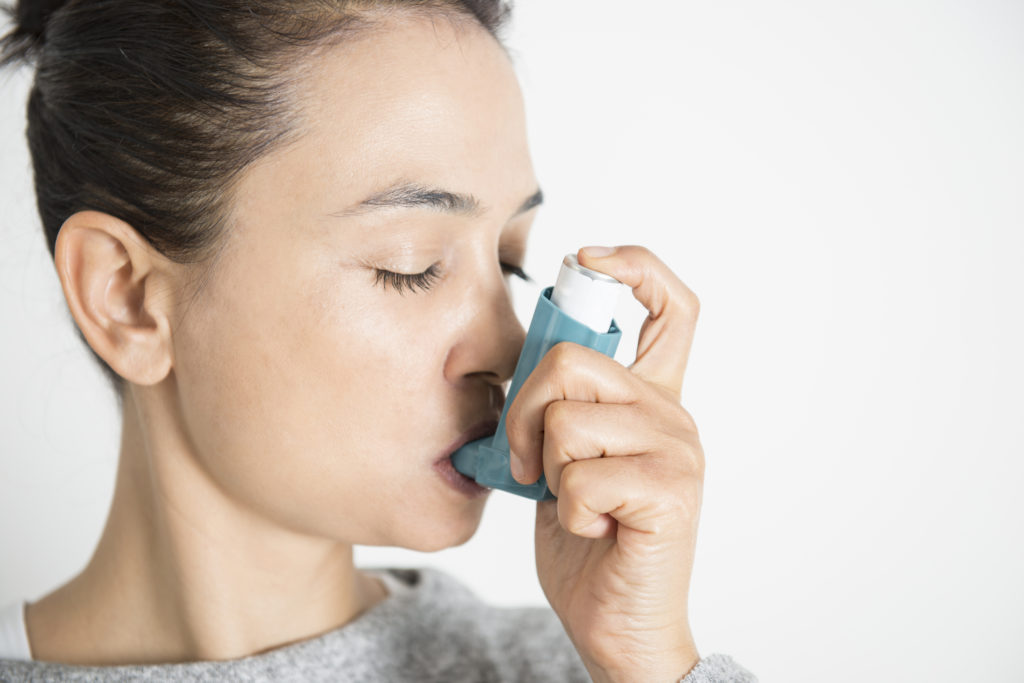
Cryotherapy has been used in the prevention of acute asthma exacerbation. Asthma is a chronic lung disorder resulting from the spasmodic contraction of the bronchial muscles. This causes coughing, wheezing, shortness of breath, and chest tightness.
In a study conducted by Yamauchi (1988), it was found out that exposure to intense cold temperatures (up to -175 degrees Celsius) for several weeks in Japan improved the lung function of asthmatic patients. This was supported by the study of Engel et. al. (1989), which revealed that such a condition can induce a transient bronchodilatory effect (Westerlund, 2009). Moreover, apart from its influence on the respiratory response, exposure to cold temperature can also decrease the levels of histamine (Wojtecka-Lukasik, et al., 2010). Histamine is an inflammatory mediator associated with the pathology of allergy such as asthma (Dunford & Holgate, 2010).
Another study of 28 asthmatic found that, after a winter walk, construction of airways occurred in 12 individuals. However, after whole body cryotherapy, 9 of them improved their conditions to starting levels. This occurs because bronchial tubes become more dilated and the muscles relax, generally improving breathing capacity. (Dr.sc. Med. Winfried Papenfub). This with these benefits, it can be taken into account that cryotherapy can exert huge benefits as an adjunct intervention in asthma treatment and prevention.
Alzheimer’s Disease
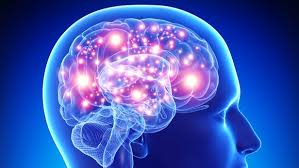
Cryotherapy also exhibits potential benefits in preventing the early onset of Alzheimer’s Disease through vascular and inflammatory response alteration and oxidative stress reduction. Alzheimer’s disease is the most common form of dementia, contributing one of the leading causes of disability and mortality in aging societies. Studies shows the effect of cryostimulation in increasing the level of anti-inflammatory cytokines, such as IL-6 and IL-10, and in decreasing the production of pro-inflammatory cytokines, including IL-1a, IL-2, and IL-8.
Moreover, cryotherapy also showed antioxidant properties as it can support the activities of glutathione peroxidase and glutathione reductase, and increase the concentration of antioxidants, particularly extra erythrocyte hemoglobin and uric acid (Misiak & Kiejna, 2012).
Alopecia
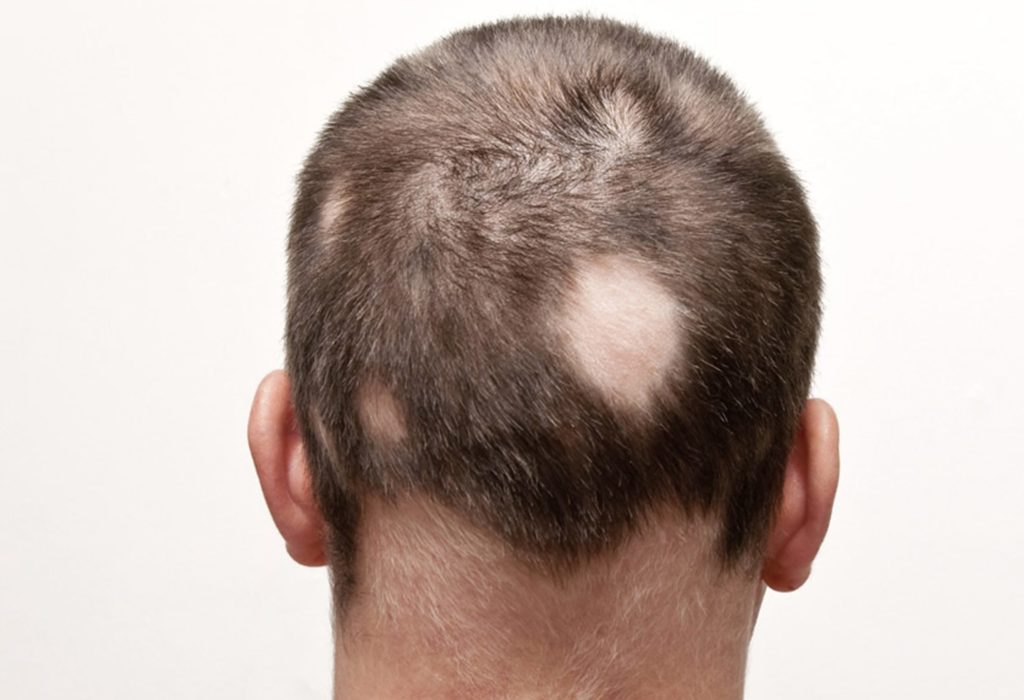
Cold application has shown an impact on averting hair loss related to cryotherapy. Alopecia areata affects anagen hair follicles which results in non- scarring hair loss. In one research in 19 patients with multiple bilateral Alopecia areata patches on their scalp, localized cryotherapy was performed on the right side, every two weeks. Prednicarbate solution was applied twice a day to both the treated and the control sides. Clinical improvement was tested by using the Severity of Alopecia Tool (SALT) scores by 3 different dermatologists.
After four months of treatment, the mean terminal hair count on the right scalp was 1.6 fold increased while mean terminal hair count on the left scalp showed no significant change. Thus cryotherapy is an effective treatment modality with the advantage of simplicity and noninvasiveness.
Fibromyalgia

Fibromyalgia is a medical condition characterized by chronic widespread pain and heightened pain response to pressure. Exposure to extreme cold can help improve the quality of life in fibromyalgia patients by reducing musculoskeletal pain and inflammation, according to a clinical trial. Results of the trial suggest that the Whole Body Cold based therapy, called Cryotherapy should be considered as a treatment for fibromyalgia. This was published in Complementary Therapies in Medicine. A team lead by researchers at University of Reims Champagne Ardenne in France conducted a randomized trial which showed that the patients who did cryotherapy session along with physiotherapy recovered much faster as compared to those who didn’t do cryotherapy.
Conclusion: Cryotherapy helps to decrease signs and symptoms of fibromyalgia when done along with Physiotherapy.
Ankylosis Spondylitis
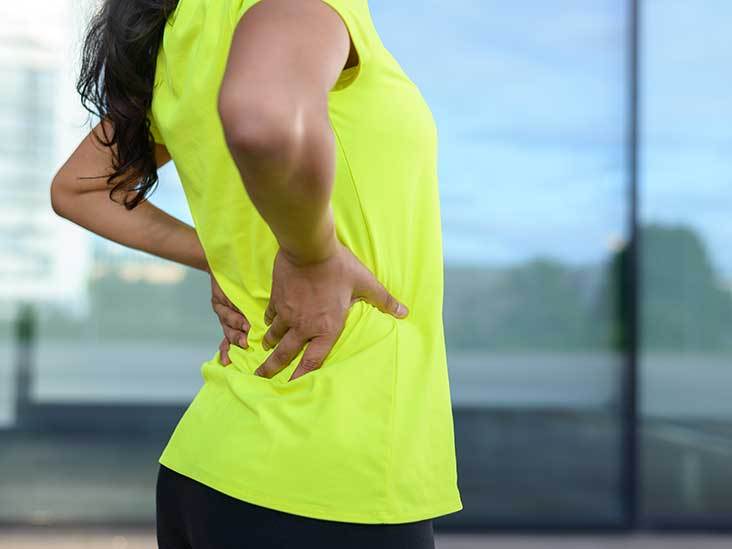
Ankylosis Spondylitis is a form of arthritis that primarily affects the spine, although other joints can become involved. It causes inflammation of the spinal joints that can lead to severe, chronic pain and discomfort. Twenty patients with ankylosing spondylitis received in-patient treatment over 28 days with daily physiotherapy and additional daily whole-body cryotherapy. The control group comprised ten patients with ankylosing spondylitis who received in-patient treatment over 28 days with daily physiotherapy and additional daily thermotherapy. Furthermore, 10 additional out-patients showing symptoms of ankylosing spondylitis were examined before and after an average of 36 days regarding their activity indexes (objective and subjective parameter, see below). After 28 days of therapy, the two in-patient groups showed a statistically significant decrease in disease activity. In contrast, the out-patient group showed statistically significant changes in the activity index over an average period of 36 days. After 28 days of whole-body therapy in a hospital, the decrease of the overall disease activity was significantly higher as compared to a 4-week hospital treatment with thermotherapy. After therapy, the objective disease activity criteria (generally limited range of motion, movability of the individual vertebral regions, erythrocyte sedimentation rate, hemoglobin value, general medical diagnosis) showed significant improvements in the in-patient groups. After the WBCT, significant functional improvements were observed in all three vertebral regions. In contrast, significant functional improvements after thermotherapy were only observed with respect to the thoracic spine function. Functional improvements in the region of the cervical spine were significantly larger after WBCT as compared to the functional diagnosis of the cervical spine after thermotherapy.
After 28 days of treatment, the in-patient group with daily whole-body cryotherapy showed a statistically significant improvement of subjective complaints (morning stiffness, abnormal fatigue, joint pain as well as subjective discomfort). In contrast, no statistically significant improvement of subjective complaints was observed either in the in-patient group with additional daily thermotherapy nor in the out-patient group. The results of the present study suggest an independent effect of daily long-term cold chamber therapy.




